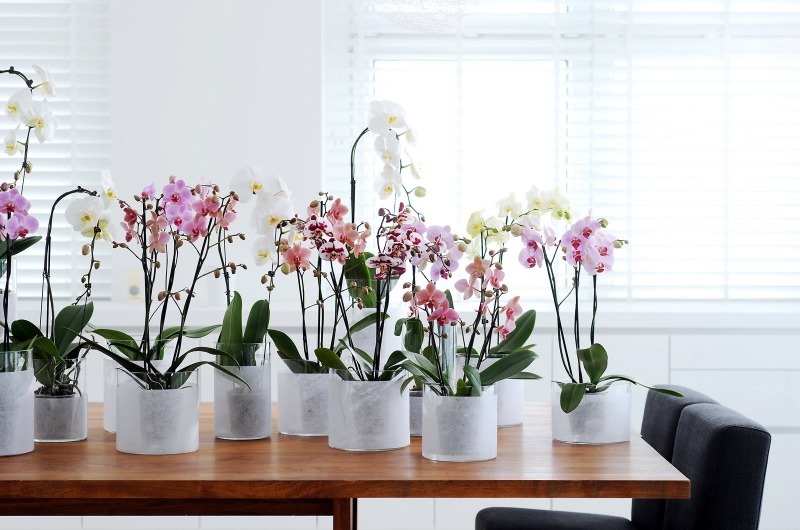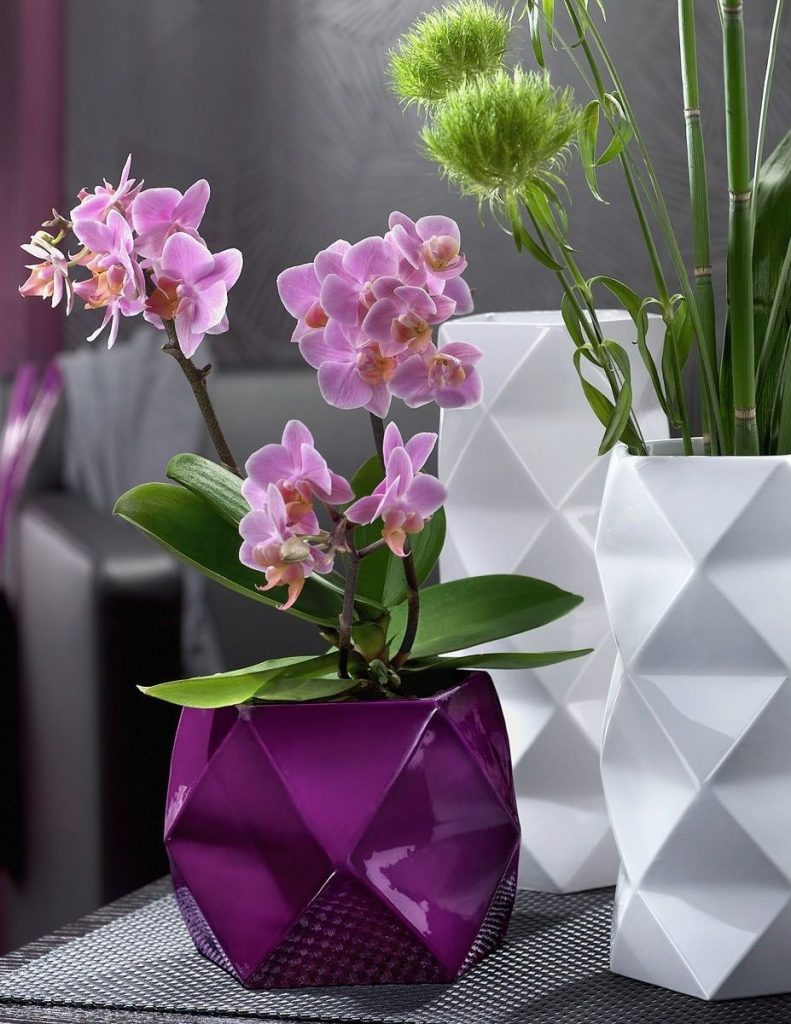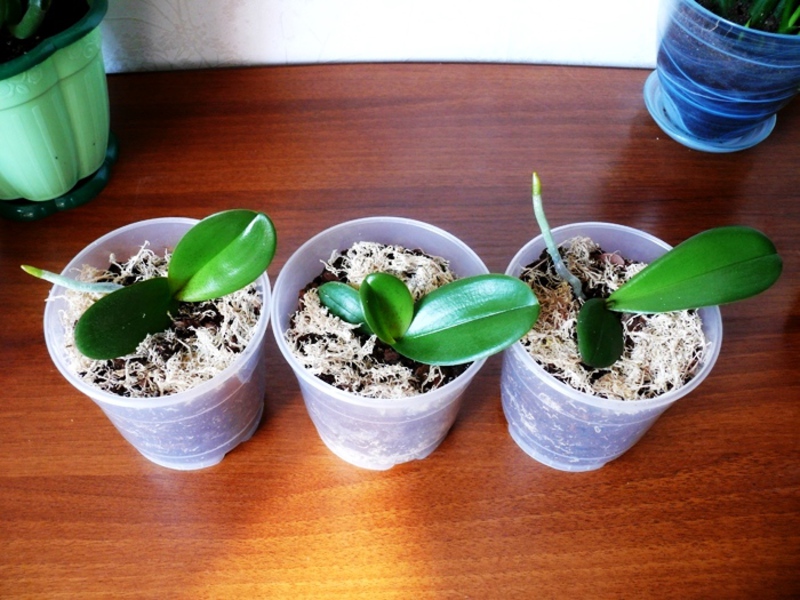Many complain that the orchid is a capricious flower that cannot be preserved until the next flowering after purchase. However, experts say that this is one of the most tenacious indoor plants. There are several common mistakes beginners make after purchasing an orchid from a store.

Plant in ordinary soil
An orchid is an epiphyte, it cannot be planted in the ground: in nature, the flower is attached by roots to other plants. In earthen soil, the roots of the orchid are not sufficiently ventilated and rot.
The substrate for orchids can consist of fragments of bark, expanded clay, burnt pieces of clay, coal, coconut fibers in various variations. It fits freely into the container, while voids are formed that provide ventilation. The roots feel free, can attach to soil elements, get enough oxygen and light.
Plant in an opaque pot
Under natural conditions, the roots of the plant are in the light, and, along with the leaves, participate in the process of photosynthesis. In an opaque vessel, the roots are deprived of light, therefore, a deficiency of nutrients occurs, which can also cause disease and death of the plant.
The light-transmitting container allows the roots to fully realize their natural purpose - to extract food from the environment. It is easy to control the condition of the roots and the degree of moisture in the soil using such a pot.
Feed the plant after purchase
This is a common mistake made by novice orchid breeders who want to support the “weakened” plant and prolong its flowering. You cannot feed immediately for the following reasons:
- the plant is under stress from a change in habitat;
- in the greenhouse and in the store, the flower was already receiving some kind of nourishment.
Top dressing can become superfluous for the orchid and it will die, not withstanding the load. Having transplanted a flower into a new soil, it is better to wait for it to bloom, and only after that to establish your own feeding scheme.
Water at the root from a watering can
This method of watering is not suitable for orchids, as water quickly goes through the substrate without lingering in it, and the flower does not receive moisture. Insufficient watering leads to the death of a moisture-loving plant.
It is best to water by immersion - place flower pots in a container of warm water for 20-30 minutes. Water is poured into the ground through the holes. During this time, the elements of the substrate are saturated with moisture, which is then gradually given to the roots. This method is also convenient for feeding the orchid simultaneously with watering, by dissolving the necessary substances in water.
Experienced flower growers also practice a warm shower, pouring water over the plant from a watering can for several minutes. Then the flower must be quickly dried in a warm room without drafts and make sure that there is no moisture in the leaf sinuses (you can get them wet with a soft napkin).
Place the plant on the south window
The flower cannot stand exposure to direct sunlight. In nature, it is located at a height of no more than 2 meters from the ground, and is content with sunlight making its way through the crowns of the tropical forest trees.
On the south window, the plant can get burned, which looks like this:
- leaves are brittle and hard to the touch;
- the color of the leaf plates turns yellow or red.
Burn spots are not treated and the flower may die. It is better to choose a window with soft natural light that is comfortable for human eyes. If in doubt that there is too much sun, then you can attach the screen protector to glass made of white paper or fabric.
Late transplant
There is only one opinion about transplanting an orchid after buying in a store - this should be done right away, without waiting for it to bloom. Inside the pot with the orchid there is always a peat basket or moss plug, in which young plants were originally planted. In addition, moisture-absorbing coconut chips and foam rubber are used for safe transportation.
All this inside the pot melts and creates moisture - favorable conditions for the development of microorganisms and bacteria. The roots rot in such an environment and the orchid dies. Transplanting the plant into a healthy substrate immediately after purchase will ensure a long life. The transplant does not affect the current flowering of the orchid in any way.


